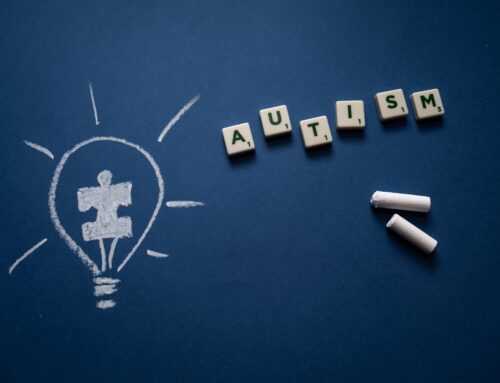
Image via Pexels
Everyone experiences sensory overload and reacts with surprising behaviors occasionally. An autistic child with sensory processing disorder or SPD may respond to their internal sensory integrations with overreaction, underreaction, or distorted perceptions daily. Perhaps the most important thing you’ll do for your child is to give them room to explore their environment in the way that comes naturally to them. From Craig Marchant, here’s some advice to help your child along the way.
See Stimming as a Positive Behavior
Stimming is a behavior people exhibit in response to various stimuli and occurs when these behaviors are observable and repetitive. For example, stimming can present as noises or movements such as humming or pacing. For hypo-sensitive children, stimming is helpful for stimulation. Conversely, hypersensitive youths can find stimming soothing.
Reel in the Overwhelming to Ease Anxiety
Most people get overwhelmed at times. Your autistic loved one is susceptible to sensory overload as behavior fluctuates daily. An effective way to ease sensory interference is to weed out extraneous stimuli to reduce sensory disruptions. Next, build routines so your child learns to expect what will happen next in daily life. This helps establish a sense of security. Finally, slowly introduce changes and explain the what and why of the situation to prepare them.
Reduce Stress by Decluttering Mess
A cluttered home can cause too much stimulation for a child on the spectrum and increase stress and anxiety. Provide your child with clean and organized activity spaces, and limit visual distractions such as too many posters and toys not put away. Introduce a “quiet zone” for your child to retreat to if they need a personal escape to calm down.
Guide Your Child to Good Social Skills
Therapists assess social skills by observing how children play and converse with others, how they manage emotions, and their problem-solving abilities. Some effective strategies to hone your child’s socialization methods are role-playing to help them anticipate interactions and playing games to learn about rules, sharing turns, and sportsmanship.
The best technique for social challenges is not to express a right or wrong way to approach interactions but rather an expected or unexpected one. For example, explaining that most people expect them to make eye contact and respond to what they say over telling them that it’s wrong proves effective.
Make the Most of Online Advancements
Using online therapy to maintain established therapeutic practices in person is a sound practice to achieve developmental progress. The most common online therapeutic services for autistic children are speech or play therapy and relationship development. One advantage of video therapy sessions is the ability to avoid awkward or disruptive interactions in a waiting room. Another is the vast array of options for therapists. Before beginning therapy, you should determine the following:
- whether the methods offered are backed by the scientific community
- what roles parents, teachers, or other caregivers will play
- if the interventions are proven to be effective
Play the Role Model and Be Prepared
These tips can help you provide a positive, affirming environment for your children with autism. Keep in mind that, while this advice is broadly applicable, no two people experience autism the same. Remain focused on your children’s wellbeing, and avail yourself of professional help when necessary.
Further Reading
Internet Safety Guide for People With Autism Spectrum Disorder – People with autism spectrum disorder (ASD) may navigate the internet differently, leading to distinct online risks, such as a 12% higher likelihood of cyberbullying among autistic children with special educational needs in the UK. Read on…
Visit Craig Marchant online to learn more about his work advocating for mental health today!
Special Thanks to Sara Bell of EducatorLabs for writing this article and giving permission for its publishing.


